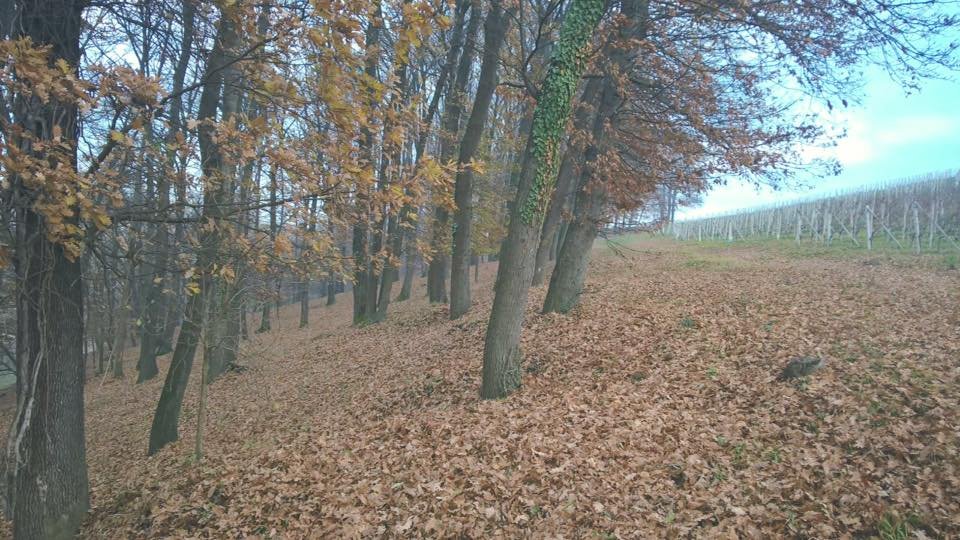
|
City of Alba (Piedmont region, Italy) and the surrounding area, the Langhe and Roero are well known for wine production and some local gastronomic peculiarities, such as white truffle. Unfortunately, over the past 25 years, against a continuing increase in the value of farming products (grapes for wine and hazelnut for chocolate and sweet) and a consequent expansion of cultivated surface, there has been a 30% reduction in truffle-growing areas. “Save the Truffle” aims to promote alternative activities for recovering old truffle-beds and planting new truffle-generating plants. |
|
Truffle, especially the white one, constitutes one of the most outstanding and internationally recognized products of Piedmont and one of the main drivers of tourism for the territory. However, consumers know truffle as a valuable product, but most of them don’t know the life cycle behind this product and the strong link between truffles and territory of origin. "Save the Truffle" aims to present truffles with an alternative point of view, not based on the fresh truffle sale. |
"Save the Truffles" is a for-profit private company born in 2015 with the aim of restore and preserve natural truffles ecosystem. It proposes to tourists, a walk into the natural ecosystem of truffle and a real truffle hunt experience. In addition, “Save the Truffle” organizes regular education activities and projects related to preservation and restoration of truffle beds. In four years of activities, “Save the truffle” planted 400 plants, managed 5 hectares of forest to improve truffle production, and protected 3 hectars. Whereas, 600 students and 500 truffle hunters have been involved in the activities organized by "Save the truffle".
| "Save the Truffle" is becoming very popular, also abroad, due to numerous partnerships with some international tourism agencies and thanks to dedicated articles in some newspapers (New York Times, The Telegraph). Another important key of success of “Save the Truffle” is its strong connection with the projects developed for safeguarding and restoring the truffle ecosystem. In fact, many tours organized by “Save the Truffle” are organized in the restoration project areas, so the tourists can touch with their own hands what the company does in order to safeguard truffles ecosystems. Apart from guided tours, another source of income for the company is merchandising, such as t-shirt or bag. |
|
Thanks to the incomes generated by its business, "Save the Truffle" has created a new truffle plantation in the territory of Alba municipality and on the Langhe area. This new plantation will be used for multiple teaching and research activities. Furthermore, in the municipal park, new mycorrhizal plants have been planted, to recreate the favorable conditions for truffle growing. These two projects have contributed to create public-private partnerships (municipality-company). |
The idea behind the project is really simple but effective: explore, through organized visits, the tradition and culture behind truffles. Re-invest the incomes to maintain a favorable ecosystem for truffles appears a very effective marketing strategy. It would be interesting to test similar approaches in other contexts and with other products. In the immediate future, “Save the Truffle” is lobbying for a law concerning the protection of trees with a truffle-like vocation.
| Carlo Marenda, info@savethetruffle.com ; carlomarenda@alice.it |
Further information
| https://www.savethetruffle.com/en/ |
last access: 30/09/2019
Photo by Carlo Marenda

"Save the truffle" team, Carlo Marenda and Edmondo Bonelli walking in the hills of Piedmont
Photo by Carlo Marenda
